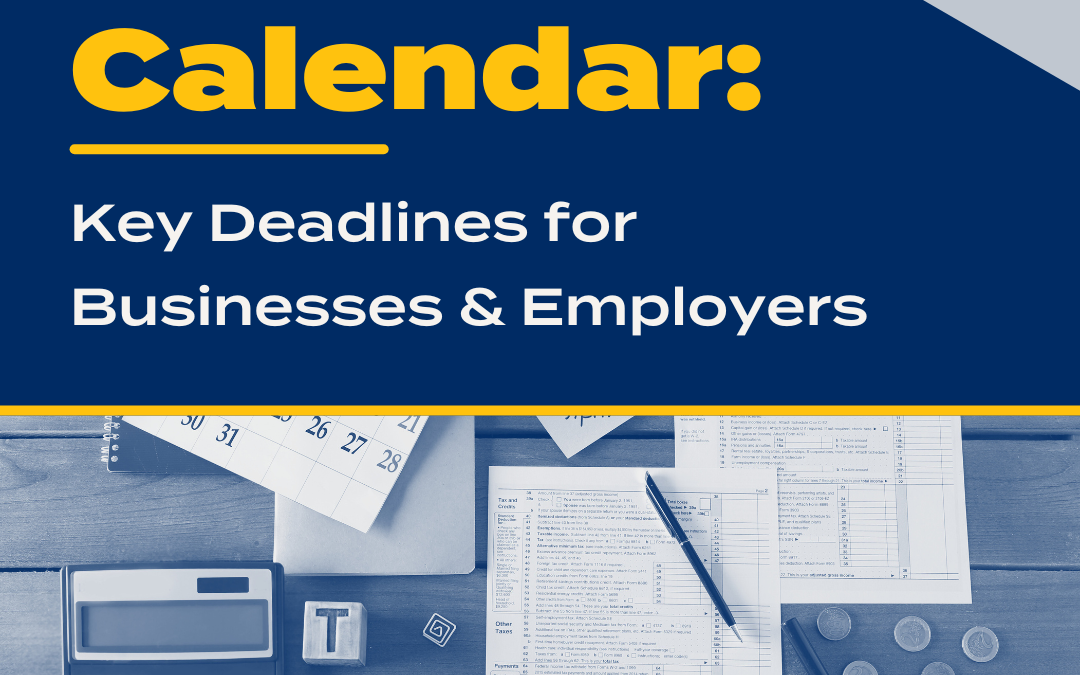Every year during your annual audit, your auditor asks you to identify any related parties and parties-in-interest. This article describes these terms and when to disclose any companies or individuals in the annual questionnaire.
What is a Party-In-Interest?
The Employee Retirement Income Security Act of 1974 (ERISA) defines a party-in-interest as any of the following parties:
- Any fiduciary, counsel, or employee of the benefit plan. Plan administrators, officers, trustees and custodians would be included in this group. The third-party providers that hold the investments of the plan are good examples.
- A person providing services to the plan. The plan’s auditor would be included as a party-in-interest in this category.
- An employer whose employees are covered by the plan. This would also be known as the plan sponsor.
- An employee organization whose members are covered by the plan.
- Principle owners of a single employer plan (owns 50 percent or more).
- A relative of any individual noted above in 1, 2, 3, or 5. An example here could be the brother of the owner of the company.
Different types of benefit plans also have unique parties-in-interest. For example, an employee stock ownership plan would include its valuation specialist in the list, and a defined benefit pension plan would include the plan actuary in the list.
What is a Related Party?
Some of the parties-in-interest listed above are also considered related parties under generally accepted accounting principles. In general, related parties include the following:
- Affiliates of the company
- Trusts for the benefit of employees, for example pension and profit-sharing trusts, that are managed by management
- Principal owners of the company and members of their immediate families
- Management of the company and members of their immediate families
- Other parties that can significantly influence the management of the company or that have an ownership interest in one of the transacting parties
When completing your annual questionnaire to disclose related parties and parties-in-interest, it is important to consider all the companies and individuals noted above. When in doubt, ask your auditors, and they will be able to help you generate a complete list.





